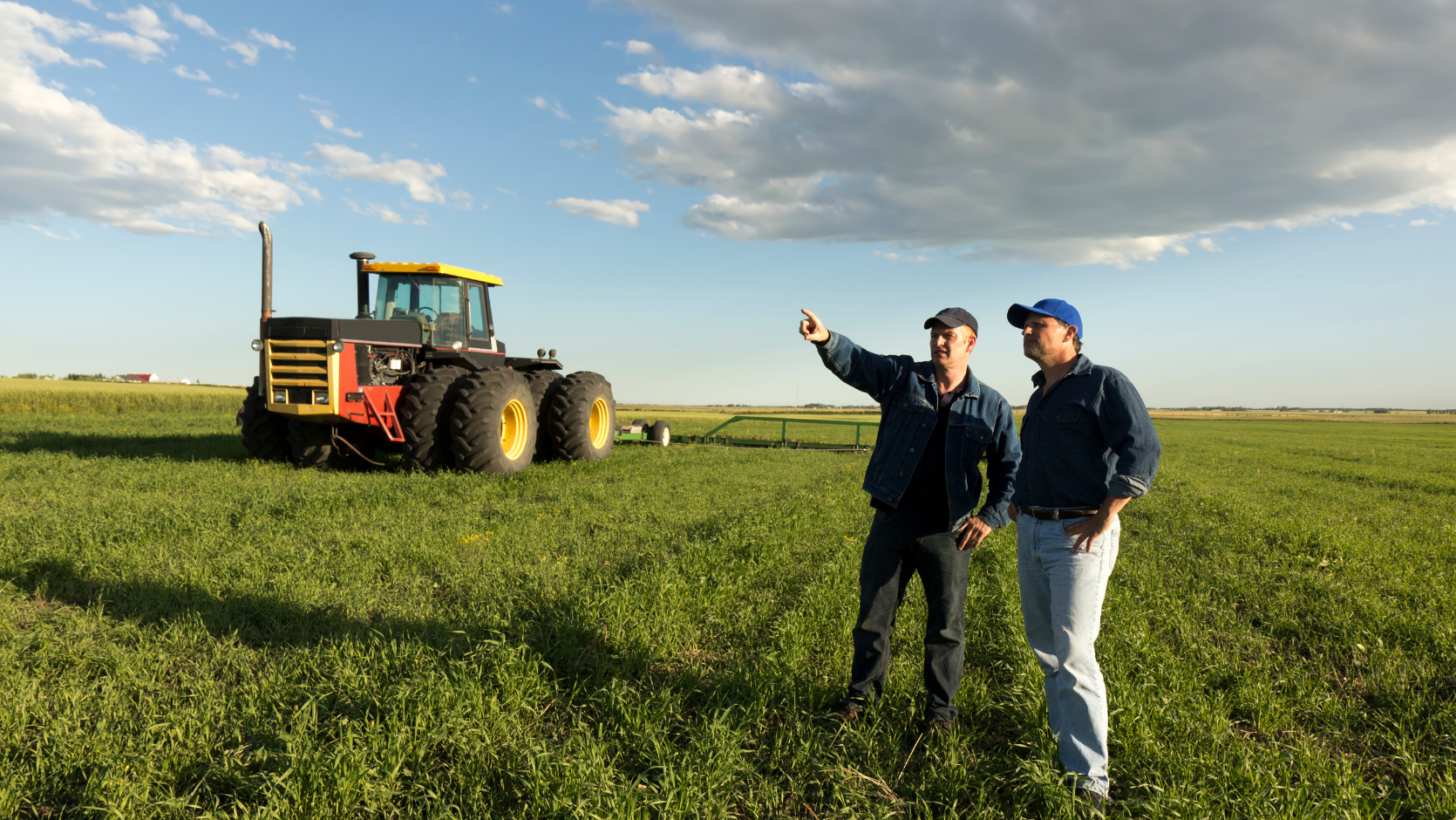The Facts
Worker engaged by labour hire company to work in Queensland mine
A man was engaged by a labour hire company that supplied labourers for mining companies.
Between April 2010 and July 2010, the man worked as a “drive-in, drive-out” dump truck driver at a coal mine. He drove six hours from his home in south-east Queensland, worked for a number of days, then had a number of days off.
The labour hire company had different agreements for different employment types. It had the man sign a “Casual or Fixed-term Employment Agreement” to cover the relevant period. This agreement covered duration of employment, assignments with the company, leave entitlements for fixed-term employees and notice of termination periods.
Worker engaged for new fly-in, fly-out position
In July 2010, the man successfully applied for a job as a “fly-in, fly-out” employee at another Queensland coal mine through the same labour hire company. At this time he was given a “Notice of Offer” by the company specifying that he was assigned to the new mine and that the same general terms and conditions in his earlier employment agreement would apply.
When the man commenced work in July 2010 at the new mine, he attended an induction where he was told he would work 12.5 hours per shift under a roster arrangement of seven days on, seven days off, and would be paid weekly.
Worker receives roster for entire year of work
When he commenced the new role, the worker was given a copy of his roster covering the period until December 2010. In January 2011, the mining company gave him a new roster covering the period until December 2011.
After his employment came to an end in April 2012, the worker brought a claim in the Federal Circuit Court for unpaid annual leave entitlements. It was up to the court to decide whether he should in fact receive such a payment.















Expert commentary on the court's decision
Court finds in favour of employee
The case was originally heard in the Federal Circuit Court, in Skene v Workpac Pty Ltd [2016] FCCA 3035 and Skene v Workpac Pty Ltd (No.2) [2017] FCCA 525, before making its way to the Full Court of the Federal Court, in Workpac Pty Ltd v Skene [2018] FCAFC 131.
The appeal judges agreed with the worker, Mr Paul Skene, rejecting the arguments of the labour hire company, WorkPac Pty Ltd, that Mr Skene should not be paid annual leave accrual on termination.
Does the term “casual employee“ have more than one meaning?
The case hinged on the definition of the term “casual employee” and the application of section 86 at the beginning of Division 6 of the Fair Work Act. Division 6 deals with annual leave. Section 86 states: “This Division applies to employees, other than casual employees.”
WorkPac argued that the term “casual employee” in section 86 should be understood not in its usual legal sense, but as having its “common industrial meaning”, that a casual employee is an employee designated as such by the applicable industrial instrument.
WorkPac contended that this was an “entrenched notion” of what had been commonly understood to be a casual employee by federal industrial tribunals for the past 70 years.
Meaning of “casual“ is consistent throughout Fair Work Act
In making its decision, the court dismissed WorkPac’s arguments and said that there was no “common industrial meaning” applicable to the term “casual” in section 86 of the Fair Work Act and that it was incorrect to suggest that the section contained a different meaning than other parts of the Act.
The judges held that Mr Skene was unable to leave the worksite due to the nature of his work, was expected to be at work for the entirety of his rostered time and was given the expectation of at least a year of rostered days.
Specifically, the court said that Mr Skene had no choice in his daily working arrangements and that there was “no opportunity for him to choose not to work any particular shift or hours offered to him” by his employer.
With an arrangement of this nature, Mr Skene had a reasonable expectation of his job being more than a mere casual engagement. For the purposes of section 86, he was entitled to annual leave.
“Essence of casualness“ in employment law
The judgment referred to a previous case, in which the “essence of casualness“ was described as the “absence of a firm advance commitment as to the duration of the employee’s employment or the days (or hours) the employee will work.“ (See Hamzy v Tricon International Restaurants trading as KFC [2001] FCA 1589.)
The appeal court also quashed the primary judge’s reasons not to impose a fine on Workpac and remitted the matter to the Federal Circuit Court for determination of the compensation amount payable to Mr Skene and the penalty amount to be imposed on Workpac for breaches of the Fair Work Act.
Employers must ensure workers receive correct entitlements
Employers must be careful to ensure that their employees are correctly determined as either “full time”, “part time” or “casual”. Employers must be aware that there is no such thing as a “full time casual” employee and such titles are confusing for all parties.
If a casual employee has a reasonable expectation that their engagement will continue into the foreseeable future, it is prudent to review your practices to ensure that employees are receiving their correct entitlements. A good review to do is to look at your payroll.
In the example case, the employee was being paid a flat rate for all hours worked. Casual employees should receive a distinct casual loading on top of their base rate. Paying a flat rate could be confused with a rate for full-time or part-time employees. Casual employees are paid a loading in exchange for not accruing annual leave and personal leave.
Casual employees are good to fill gaps in your labour force, but if they start to work regular, full time hours (38 hours per week or more) over a lengthy period, you should seek legal advice about the status of the employee. If a worker has little choice in his or her working arrangements, they are probably not a casual employee.
Casual conversion clauses in modern awards
Further, in some industries (the vehicle industry, for example), the modern award covering the industry may contain “casual conversion” clauses.
This means that if a casual employee is working the same hours or days for longer than six months, they are entitled to request to be made a permanent employee. Employers must have valid reasons for refusing such requests and should be careful about refusing.
Designating a worker as a casual will not help employers
The crux of WorkPac v Skene is that describing the employment relationship as “casual“ is not of itself determinative. An employment contract might specify that a worker is a “casual employee“, but this will not override the true legal relationship which is determined by a full consideration of the circumstances.
Michael Black QC, in Re Porter; Re Transport Workers Union of Australia said it perfectly: “The parties cannot create something which has every feature of a rooster, but call it a duck and insist that everybody else recognises it as a duck.”
For information about a related case, please see Casual worker rights can include annual leave and sick leave, says Federal Court.
For further information about workplace agreements, please see our 2023 article Shelf life of zombie agreements set to expire shortly.
See also:
Contractor or employee – the grey area of the gig economy
Former Uber Eats courier paid $400,000 in out-of-court settlement
Are you employed in casual work but doing the same job as a permanent employee?